1. What is ancient Egyptian architecture?
Before learning what the most typical type of architecture of the ancient Egyptians is, you need to grasp general information about the architecture of this civilization. Ancient Egyptian architecture has remained almost intact until today.
Until now, mausoleums, ancient stone statues, engravings, and decorations on architectural surfaces are still mysterious and attractive topics for historical and archaeological researchers.
Ancient Egyptian architectural works are proven to have no correlation with most other types of architecture, and are completely mysterious and strange. Until recent decades, researchers began to dig deeper and the results have made viewers go from one surprise to another. Many questions are raised about what calculation methods the ancient Egyptians used to bring incredibly accurate results in their works.
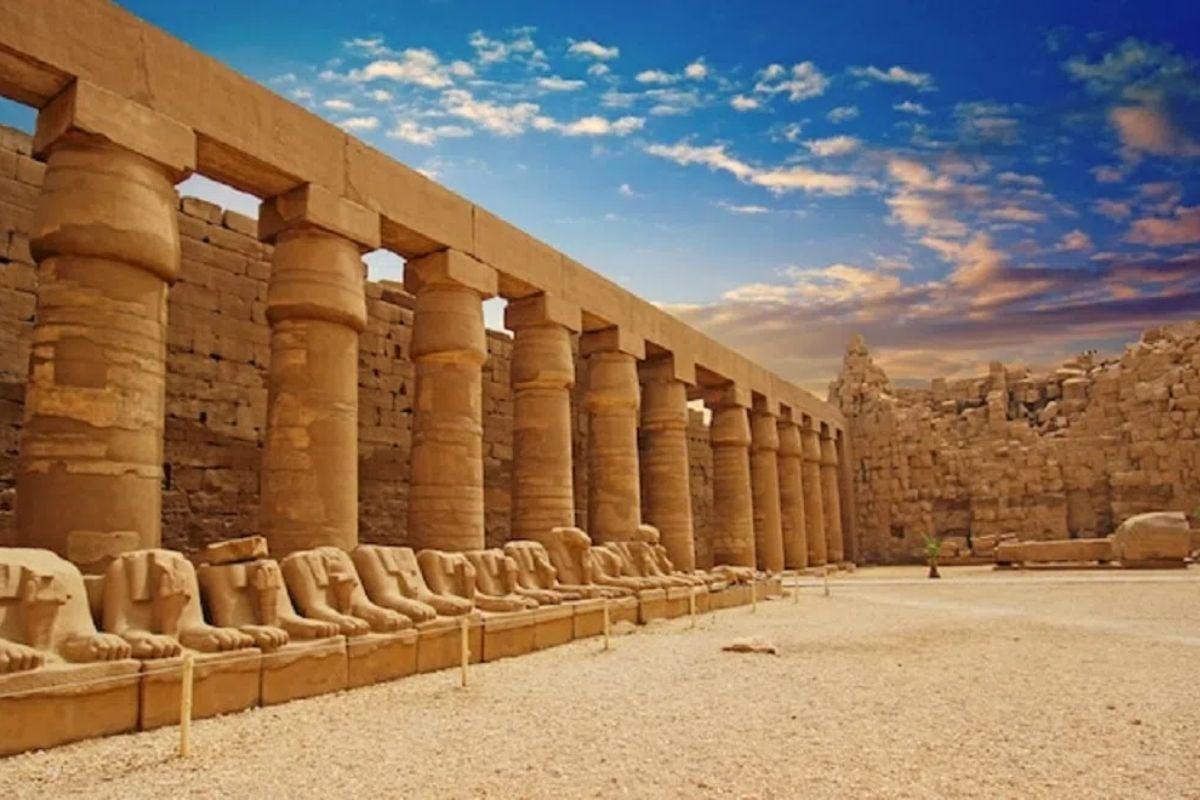
2. Characteristics of ancient Egyptian architecture
Egypt’s massive, precise structures are all built from primitive materials including soil and sand. Although there are no modern measuring devices, the architectural perfection is almost absolute. Furthermore, the sculptures are not much affected by the effects of nature.
Ancient Egyptian architectural works were made up of a system of columns and beams, using materials that have good bearing capacity and are not affected by the effects of weathering.
Visitors can clearly see giant pyramids or sphinx statues kilometers away because of the massiveness of these structures. However, they still ensure distinctive, uniform and seamless features in terms of layout, texture and materials.

3. What is the most typical type of architecture of the ancient Egyptians?
The most typical architectural form of the ancient Egyptians is the Pyramid. This is a structure built and used for the purpose of making a mausoleum for the king.
Pyramid is the common name for pyramidal structures, with a square base and four equilateral triangle sides. The Pyramids of the ancient Egyptians became the most famous and mysterious heritage in the ancient world.
To date, the world has discovered 138 Pyramids in Egypt, built on the left bank of the Nile River – the longest river in the world with more than 6,000 km. Among them, Kheops is the most magnificent pyramid with a height of 146m, a base length of 227.7m and was built 5,000 years ago.
According to estimates, to build this project, people must use more than 2.5 million cubic meters of stone. The process of bringing stone blocks and placing them together perfectly, no more than 5mm, becomes a difficult problem that researchers cannot yet explain.
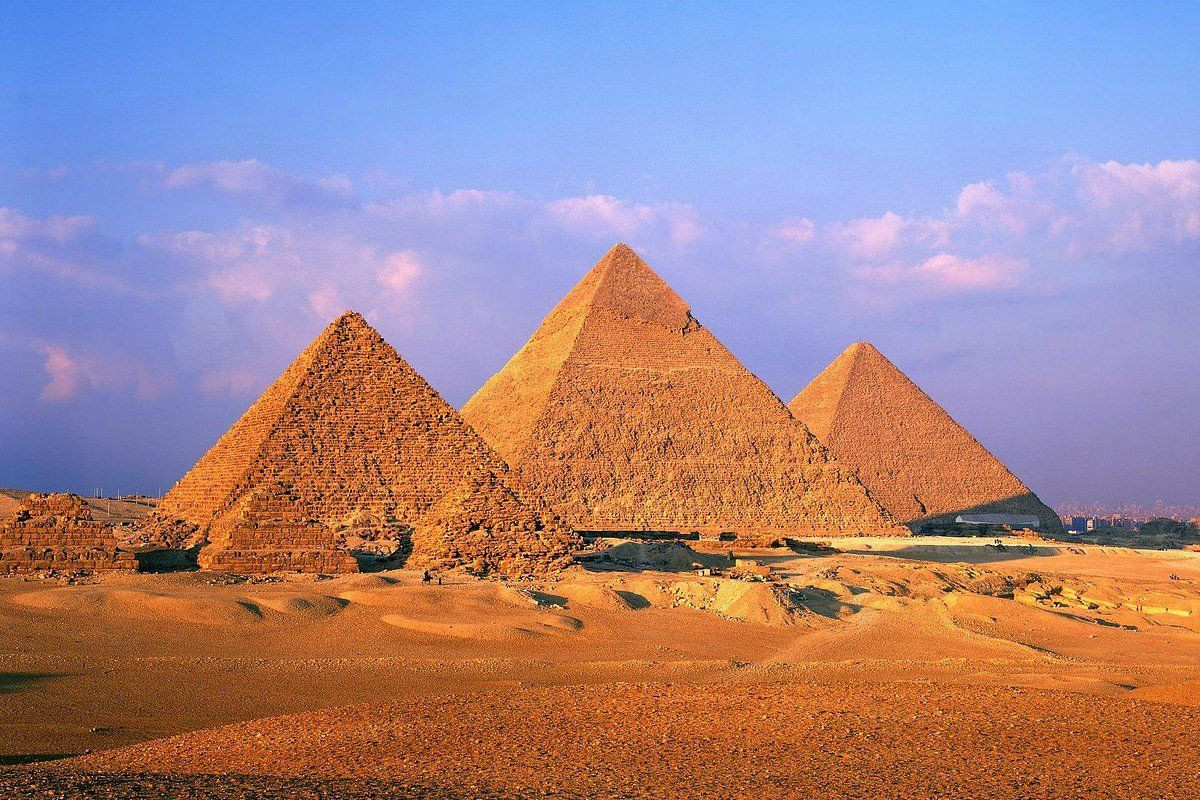
4. Top 10 iconic works of ancient Egyptian architecture
In the process of learning what the most typical type of architecture of the ancient Egyptians is, you can also refer to the symbolic works of this civilization.
4.1. Great Pyramid of Giza
One of the most typical architectural forms of the ancient Egyptians is the Giza Pyramid. This is one of the seven wonders of the world, the largest of the remaining pyramids in Egypt and was built between 2580 and 2560 BC (during the 4th dynasty). Many evidences and records suggest that this is a private tomb for the pharaoh of the 4th dynasty named Khufu and his family.

4.2. Temple of Abu Simbel
Abu Simbel Temple is a temple carved from giant rocks. The temple was built during the reign of Pharaoh Ramesses II – 19th dynasty, in the 13th century BC. Outside of the temple there are four giant statues of Ramesses.
4.3. Valley of the Kings
This valley is said to be the burial place of great Pharaohs and many famous royal figures. Archaeologists have found 63 tombs and more than 120 rooms of many different sizes. Among them, the most notable tomb is that of King Tutankhamun with the task of preserving mummies and precious artifacts.
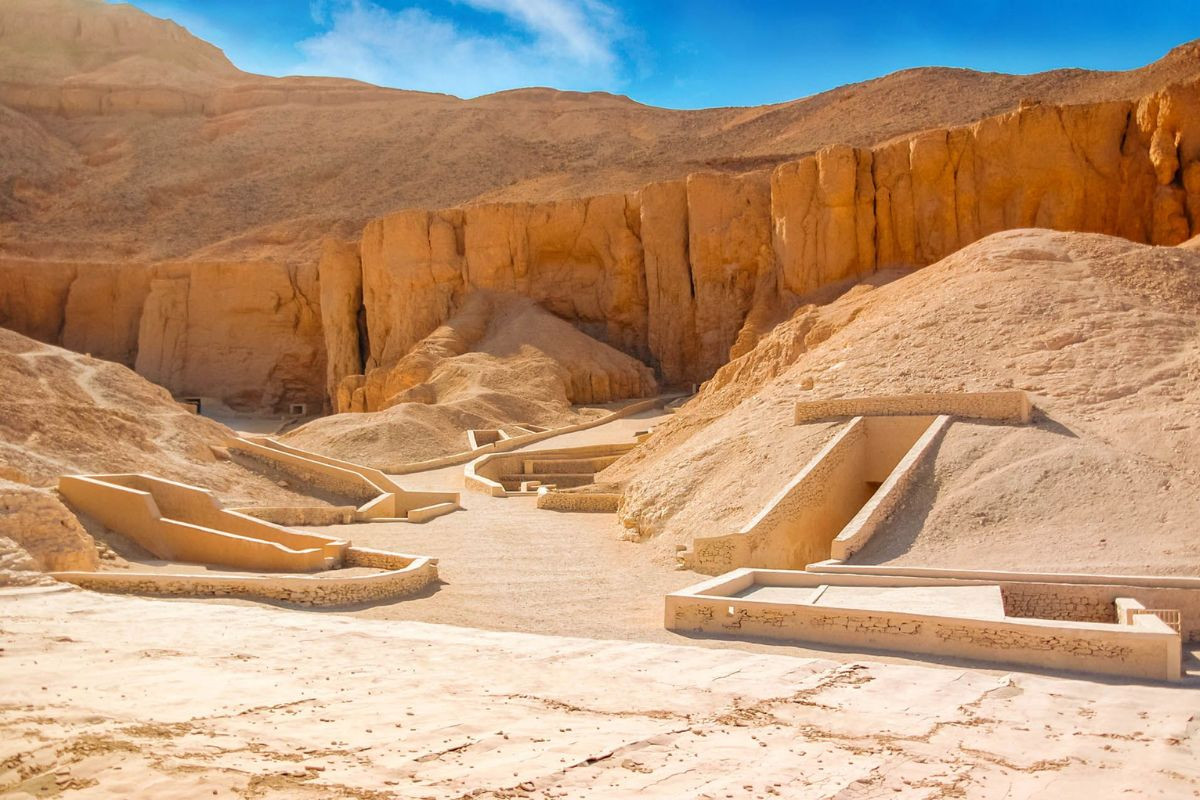
4.4. Philae Temple
Also known as the place to worship the goddess of love Isis, Philae Temple is located on the island south of Aswan Temple. This is one of the Egyptian architectural works preserved to this day.
4.5. Karnak Temple
Karnak was built about 3,000 years ago with contributions from many kings to perfect the temple. The walls of Karnak temple contain huge hieroglyphs with delicate carvings, attracting millions of tourists every year.

4.6. Luxor Temple
Luxor Temple is a large complex located near the Nile River. The temple was built entirely from sandstone around 1400 BC, along with a giant statue of Pharaoh Ramesses.
4.7. The Great Sphinx at Giza
This is a statue built to show worship of the mythical creature known as the sphinx. The structure is a monolithic block of stone, simulating the shape of a lion in the back with many different layers of stone, extending to the tail. The Sphinx also recreates the image of the face believed to be that of King Pharaoh Khafre.
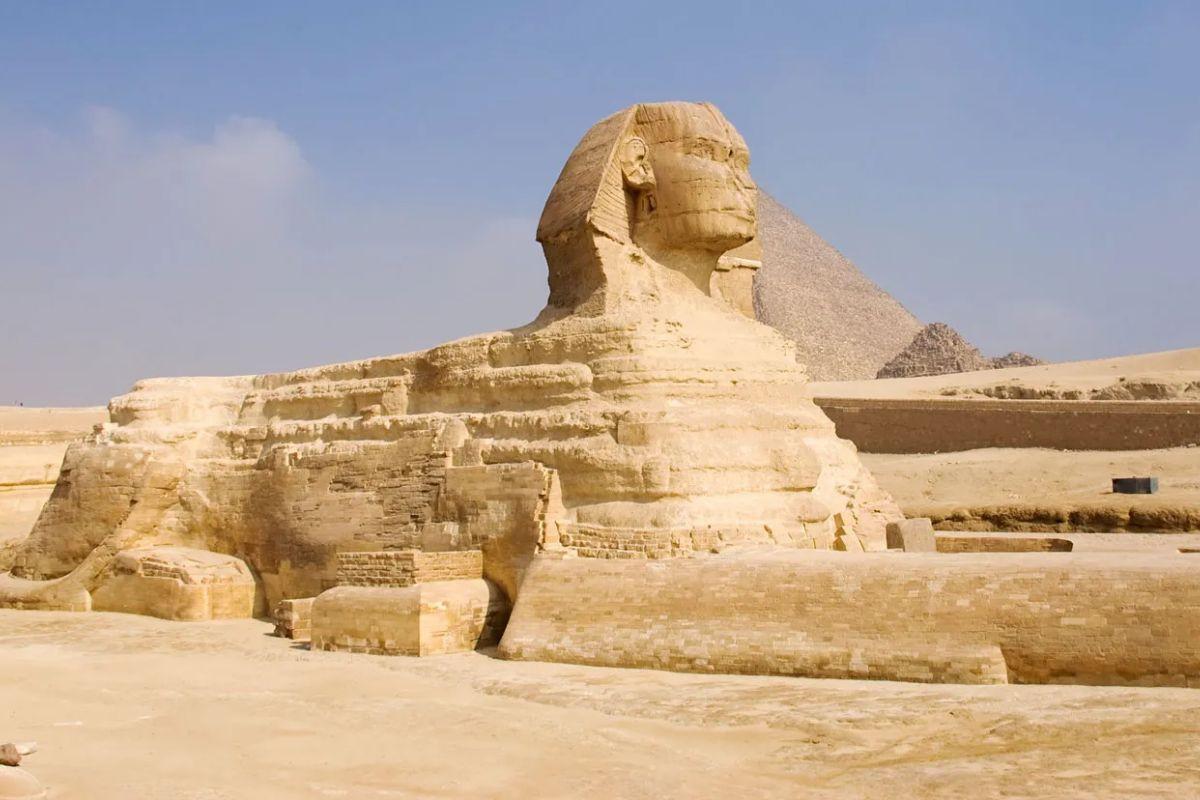
4.8. Djoser Pyramid
This is a step pyramid, made from large limestone blocks in the middle of the Saqqara necropolis. Djser is the tomb of Pharaoh Djoser and was built by vizier Imhotep in the 27th century BC.
4.9. Pyramid of Sneferu
The pyramid was built by Pharaoh Sneferu in 2600 BC. With its elegant and unique architecture, the pyramid represents the beauty and mystery of ancient Egyptian civilization.
4.10. Temple of Hatshepsut
This is a funerary temple built to honor King Pharaoh. In particular, Hatshepsut Temple is dedicated to a female Pharaoh, with a unique structure and many sculptures present inside the temple.

5. Beautiful images of typical ancient Egyptian architecture
Some beautiful images of Egyptian civilization you can admire after learning what the most typical architectural form of the ancient Egyptians is.

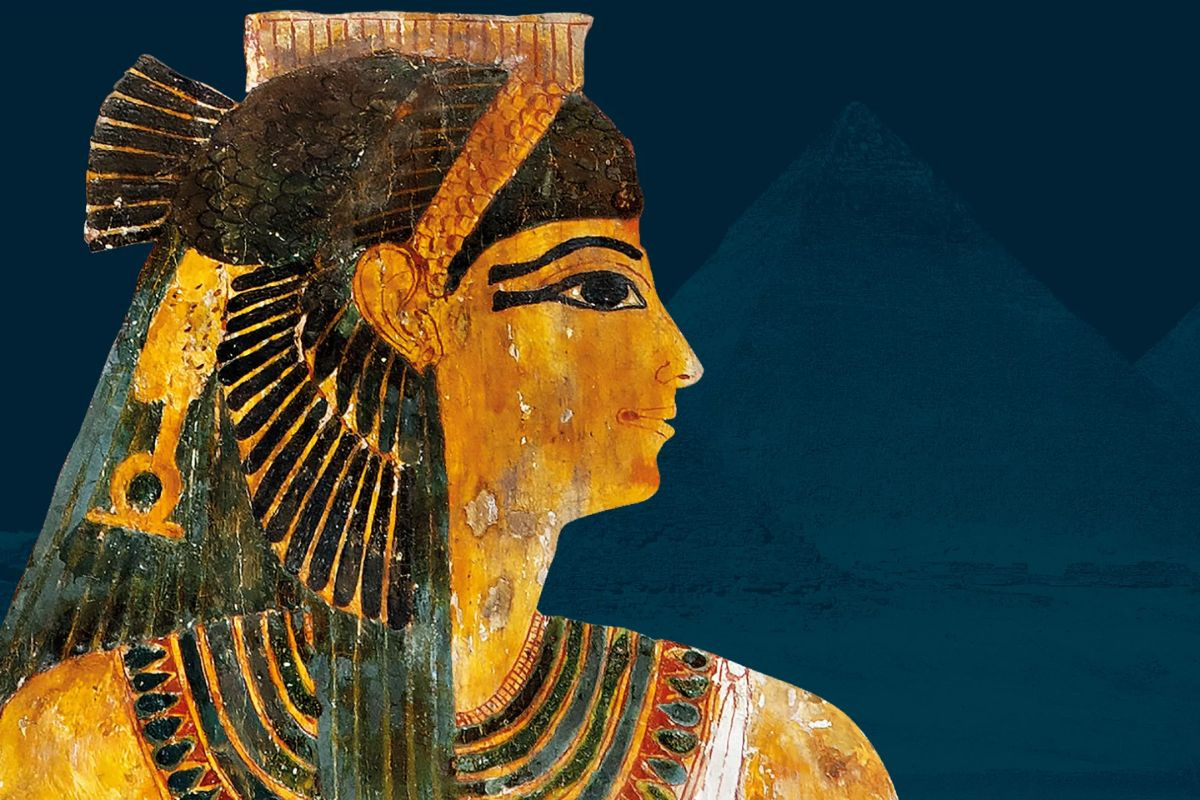
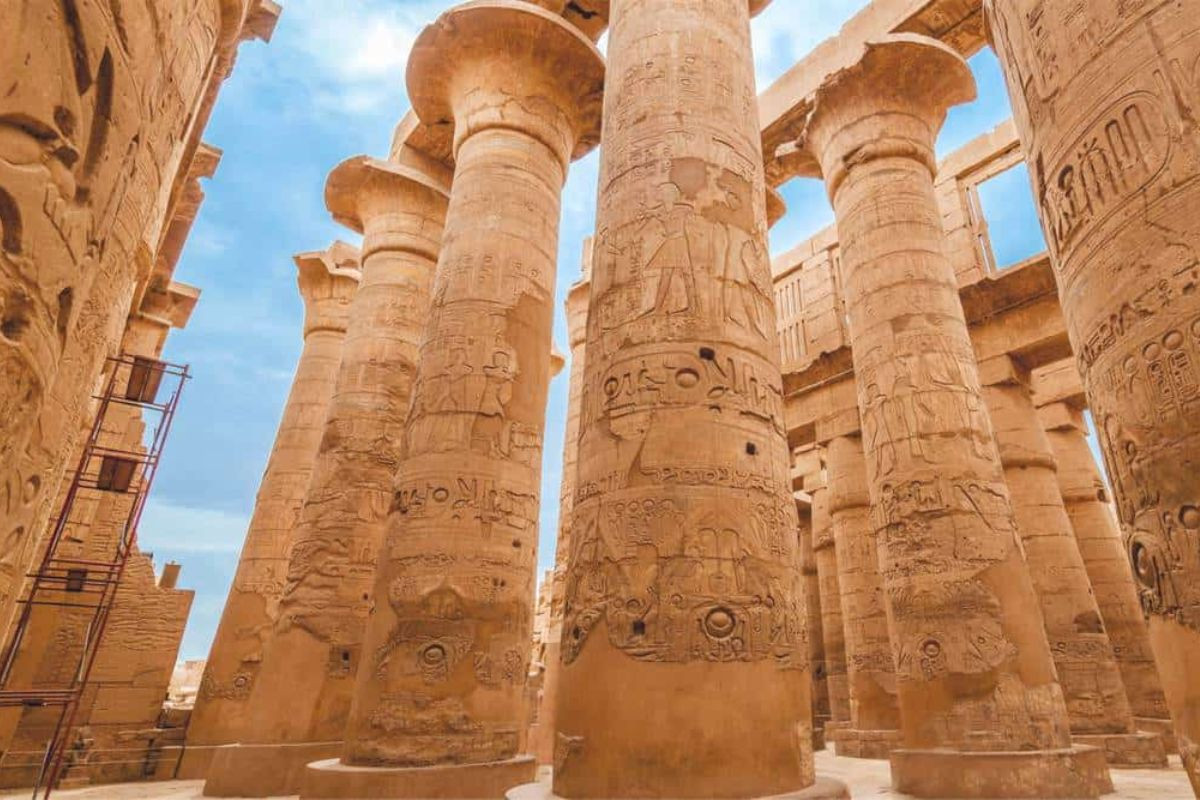
The most typical architectural form of the ancient Egyptians is the Pyramid. This is a project built from large natural stone blocks, undergoing precise manipulation and assembly. To date, up to 138 Egyptian pyramids have been discovered and they are all located on the left bank of the Lim River area.




